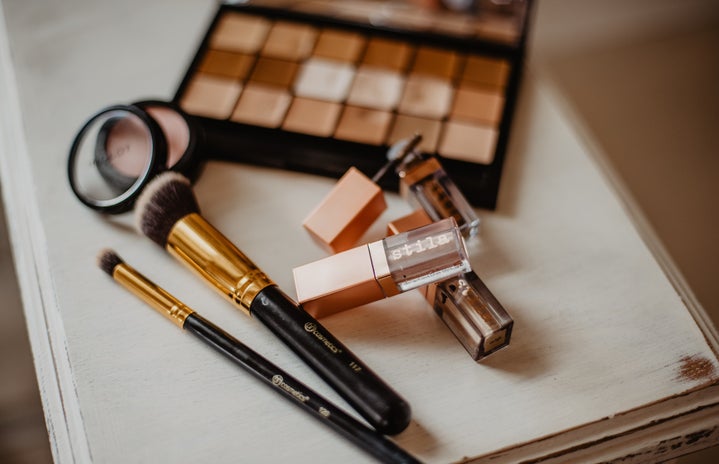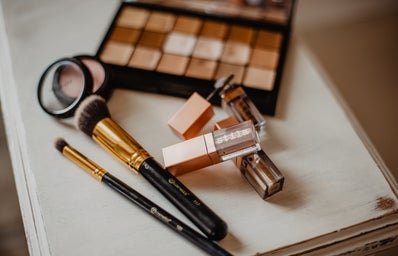The beauty industry is self-regulated when it comes to the term “clean beauty.” You should always do your research before seeking out cleaner products. But what is “clean beauty?” According to a Harper’s Bazaar article, “The Ultimate Guide to Clean Beauty,” “clean beauty is a spectrum, but a case can be made that some ingredients should be avoided altogether.” The label of “clean” is to emphasize products that improve human and environmental health. They are formulated with a nontoxic baseline ingredient.
When I define clean beauty, I describe the term to be products that are packaged sustainably and not formulated with harmful chemicals. Products checking off both these requirements are particularly hard to find, so I offer the alternative: use products that don’t contain harmful ingredients and recycle finished products correctly.

But how does this relate to environmental health? In addition to the label of “clean,” you should find products that are found to be sustainable. Sustainable products start with the ingredients being sourced and the packaging itself not being harmful to the environment and planet. When you wash off products, those ingredients are washed down the drain into the water system. “Truly sustainable ingredients are those that are ethically sourced and proven to be safe for the environment, with sustainable or no-waste packaging being defined as glass packaging, biodegradable packaging, post-consumer recycled packaging, or the ability to recycle empty bottles appropriately through a TerraCycle program.”

I am not telling you to switch out every single one of your beauty products out to clean, sustainable ones right at this moment, but be aware of the harm you could be doing to yourself and the environment when purchasing your next product. Beauty products are to enhance your best self and you should do it with products that will not harm you.



